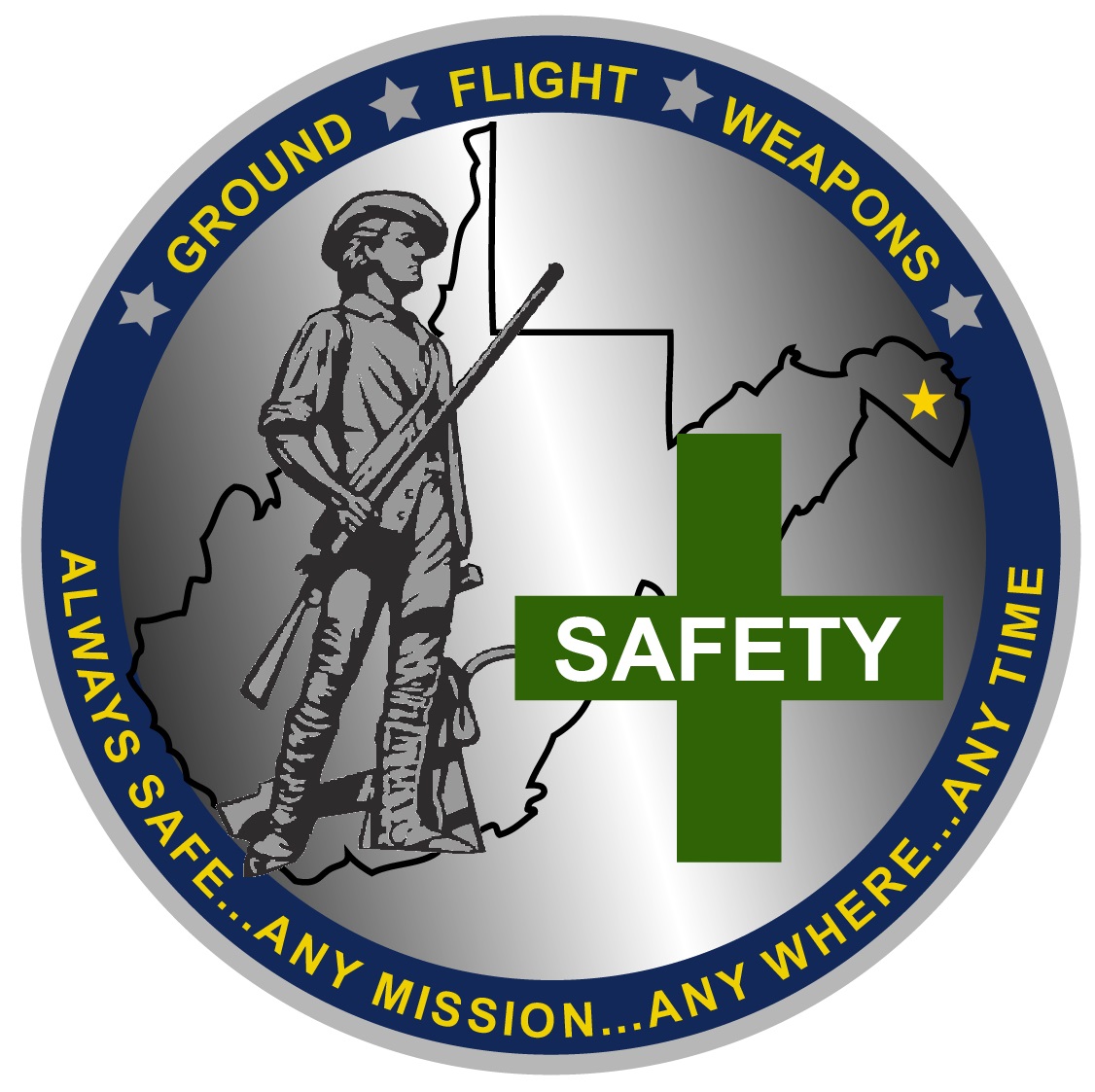Information
-
Document No.
-
Audit Title
-
Client / Site
-
Conducted on
-
Prepared by
-
Location
-
Personnel
26.3. Agricultural Tractors and Implement Attachments Checklist.
-
26.3.1. Do design and operating characteristics of agricultural tractors in use by AF units meet<br>OSHA Standards? Reference 26.2.1
-
26.3.2. Do supervisory personnel take needed actions to ensure proper training of assigned<br>operators? Reference 26.2.2.1
-
26.3.3. Do supervisory personnel ensure operators are aware of area operating hazards due to terrain<br>features and conditions? Reference 26.2.2.2
-
26.3.4. Do supervisory personnel ensure operators are aware of hazardous or prohibited areas?<br>Reference 26.2.2.3
-
26.3.5. Do supervisory personnel ensure operators have PPE such as head, eye and ear protectors,<br>gloves, respirators, etc.? Reference 26.2.2.4
-
26.3.6. Is the operator‘s manual accessible and are warning decals properly placed? Reference<br>26.2.2.6
-
26.3.7. Is the operator both physically and mentally fit, not fatigued or stressed, or on any<br>medication, alcohol or drugs that may hinder safe operation of the tractor and machinery? Reference<br>26.2.2.7
-
26.3.8. Is the tractor only used for tasks it was designed for? Reference 26.2.2.8
-
26.3.9. Does the operator walk around the tractor and inspect for faults:<br>Check radiator coolant level when cold?<br>Visually inspect all tires?<br>Ensure tires are properly inflated?<br>Ensure lights and flashers are operational?<br>Verify safety signs are free from obstruction?<br>Ensure first aid kit and fire extinguisher are in place, as required?<br>Check oil and fluid levels?<br>Braking devices and excessive play in steering wheel after start-up?<br>References 26.2.3.2. and 26.2.5.
-
26.3.10. Does the operator wear the required PPE during all operations? Reference 26.2.3.3
-
26.3.11. Are all guards secured in place and kept in place during machine use? Reference 26.2.3.4
-
26.3.12. Are items not permanently installed, such as tools, radios, water coolers, etc., secured so<br>they do not pose a hazard to operators or equipment should the tractor malfunction or overturn?<br>Reference 26.2.3.5
-
26.3.13. Does the operator prohibit other riders from riding on the tractor? Reference 26.2.3.6
-
26.3.14. Does operator clean the windshield and other transparent surfaces of ice, snow, dirt, grass<br>and other obstructions from tractors equipped with cabs to ensure clear vision prior to use?<br>Reference 26.2.3.7
-
26.3.15. Does the operator ensure cracked or severely scratched windshield or transparent surfaces<br>for vision are reported and repaired or replaced? Reference 26.2.3.7
-
26.3.16. Does the operator keep personnel clear of operating machinery or attachments? Reference<br>26.2.3.8
-
26.3.17. Does the operator stop the engine, disconnect the power sources, and wait for all machine<br>movement to stop before servicing, adjusting, or cleaning the equipment (except where the machine<br>must be running to properly service or maintain the equipment)? Reference 26.2.3.9
-
26.3.18. Do mowing machine operators refrain from attempting to mow on slopes that exceed 4<br>inches (20-25°) of drop or rise per foot of travel? Reference 26.2.3.10
-
26.3.19. When using a sickle bar attachment for mowing, does the operator always position the<br>sickle bar on the up-slope side of the tractor? Reference 26.2.3.10
-
26.3.20. Does the operator park the tractor on a level surface, lower the attachment so it rests on the<br>surface, place the transmission in low or reverse after the engine has stopped (automatic<br>transmission in ―park‖) and shut the engine off, before the operator dismounts the vehicle?<br>Reference 26.2.3.11
-
26.3.21. For flex-winged mowers, does the operator ensure the appendages are folded in the ―up‖<br>position and the locking pins are securely in place when parking? Reference 26.2.3.11
-
26.3.22. Are all tractors with engines exceeding 20 horsepower fitted with ROPS? Reference 26.2.6
-
26.3.23. Are all ROPS-equipped tractors fitted with seatbelts? Reference 26.2.6
-
26.3.24. Have all tractors and attachments been subjected to a noise hazard survey and those whose<br>noise level exceeds 85 dBA placarded with noise hazard warning? Reference 26.2.7
-
26.3.25. Are approved ―Slow Moving Vehicle‖ emblems and flashing amber light units installed on<br>agricultural tractors used at night in high traffic areas? Reference 26.2.8
-
26.3.26. Are all power takeoff shafts shielded? Reference 26.2.9.1
-
26.3.27. Are guards capable of withstanding 250 pounds of downward or inward force? Reference<br>26.2.9.2
-
26.3.28. Are guards free of burrs and sharp edges or projections and securely fastened to the unit?<br>Reference 26.2.9.3
-
26.3.29. Are all guards that were removed for servicing and maintenance reinstalled prior to placing<br>units in use? Reference 26.2.9.4
-
26.3.30. Are batteries, fuel tanks, oil reservoirs, and coolant systems constructed and located or<br>sealed to assure that spillage will not occur in the event of an upset? Reference 26.2.10
-
26.3.31. For flight line operations, does the operator ensure a ―Slow Moving Vehicle‖ placard is<br>affixed to the rear of the tractor, have a radio and keep in contact with the tower at all times?<br>Reference 26.2.11







